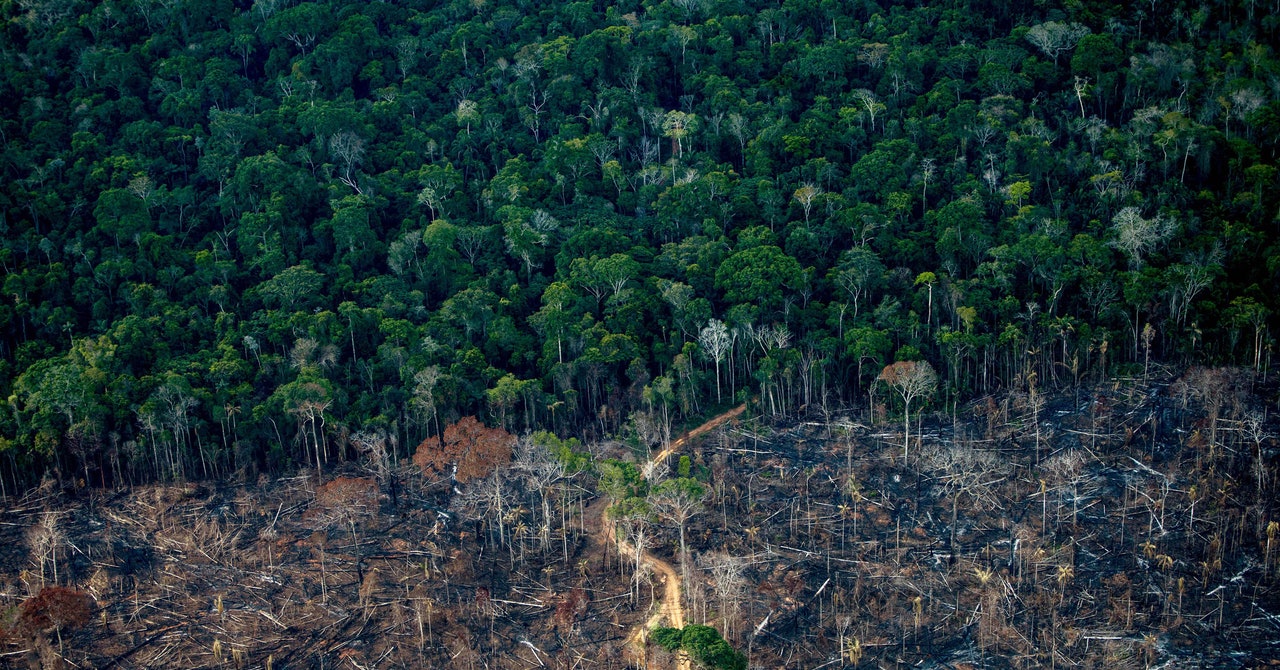
The world has lost a third of its forest since the last ice age, and an estimated 15 percent of global greenhouse gases still come from deforestation and forest degradation.
Now a new pledge made at the COP26 climate conference in Glasgow last month hopes to change this stark picture. The Glasgow Leaders’ Declaration on Forests and Land Use, signed by key forest nations, aims to reduce deforestation to zero by 2030. The pledge has raised hopes that the world would see a fresh impetus to curb the devastating impacts of deforestation.
“If we could get deforestation to zero, it would be an incredible achievement,” says Simon Lewis, a researcher of global change science at the University of Leeds and University College London. “Both in terms of carbon […] and for biodiversity and conservation, because two-thirds of the world’s species are in the world’s tropical forests.”
But there are also serious caveats to the pledge, including the fact that similar declarations have been made before—often to little avail.
What’s the New Pledge About?
It was announced at COP in early November and signed by 141 countries—some 72 percent of nations—including Brazil, Indonesia, and the Democratic Republic of the Congo, three of the four countries with the most tropical forest in 2020.
The countries are committed to “working collectively to halt and reverse forest loss and land degradation by 2030” while “delivering sustainable development and promoting an inclusive rural transformation.” Importantly, it does not qualify this by referring only to “illegal” deforestation as many other pledges do, meaning it’s attempting to cover all deforestation, not just logging or land clearance in violation of local laws.
The pledge is backed up by $12 billion in public funds and $7.2 billion in private financing. Within this, $1.7 billion will go to support the land rights of indigenous people and local communities and support their roles as forest protectors.
However, Lewis says there remains ambiguity about whether the pledge means “zero” deforestation or “net zero” deforestation. Zero deforestation would mean no loss of old growth forests anywhere. But net zero deforestation means old growth forests could still be cleared, so long as new forests were planted at the same rate. “The former is much better for carbon, and also much better for biodiversity,” Lewis explains.
What Impact Could It Have?
It’s hard to overstate the effect of ending deforestation on everything from climate change and water security to wildlife and the welfare of indigenous communities.
An analysis by the World Resources Institute (WRI) found that ending forest loss by 2030 in all signatory countries of the pledge would avoid 33 million hectares of forest loss, an area roughly the size of Malaysia. It would also avoid emissions of 19 gigatonnes of carbon dioxide equivalent (GtCO2e), around twice the annual emissions of China.
“It would be a real contribution to the reduction of emissions in general,” says Adriana Ramos, coordinator of politics and law at Instituto Socioambiental (ISA) in Brazil. “When Brazil, for example, reduced emissions from deforestation, it was the biggest reduction of emissions all over the world. The reduction of deforestation is the cheapest and I would say almost the easiest way of reducing emissions.”


